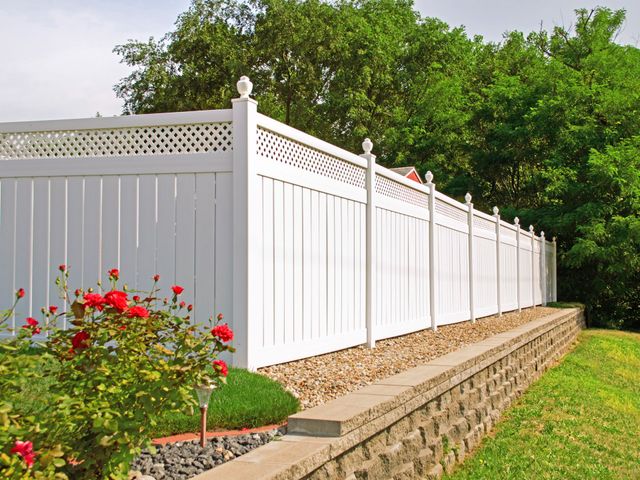[ad_1]

There has been substantial dialogue relating to the have to have for movement joints in tile assemblies. The query is not irrespective of whether they are desired that is a easy sure. The concerns are “Where do they go?”, and “What is applied to fill the joint in the tile assembly that will handle or compensate for movement in the full assembly?” There are several unique styles of design motion joints outlined by the Tile Council of North The usa (TCNA) that are needed in tile assemblies:
- Design / Cold Joints are shaped between two successive placements of concrete. Quite typically the reinforcement in the concrete will keep on by means of the two successive placements.
- Contraction / Handle Joints fashioned in the concrete or sawn into the fixed concrete. This results in a weakened aircraft in the concrete that regulates the place of cracking from normal motion in the course of the curing cycle. The concrete will crack the exact same as the random cracks we usually observe in concrete slabs, except with the inclusion of manage joints, this random cracking is managed to a particular place. There is a prospective for ongoing motion that will bring about these cracks to open up and close the exact as the unrestricted organic cracks that manifest randomly.
- Expansion Joints are made in the concrete to compensate for abnormal growth, thanks primarily to temperature changes in the concrete. As the concrete cures it generally will shrink and as the temperature raises the concrete and tile assembly will grow. When the expansion exceeds the shrinkage the concrete wants a joint to compensate if not it can bend and dome a little, ensuing in cracks in the assembly.
- Isolation Joints are commonly uncovered in which two concrete surfaces meet. Most popular is when a horizontal surface area fulfills a vertical floor. Given that these surfaces can shift in 3 proportions, it is essential to isolate each individual from the other.
American Nationwide Typical Specification for the Set up of Ceramic Tile (ANSI), with the approval of TCNA users, has outlined the sizing and frequency of movement joints for a profitable tile or stone installation.
The placement and dimensions of the joint is dependent on the environmental situations at the locale of the concrete. If the concrete subfloor is inside in a managed natural environment there need to be a movement joint spot each and every 20-25 ft, in both equally instructions. If that interior space is exposed to direct sunlight and will consequently have a lot more important temperature fluctuations the joints must be extra repeated every single 8-12 feet. If the tile is to be placed more than concrete in an exterior software, the concrete and tile assembly must have motion joints positioned every 8-12 feet. In programs in which the tile assembly will be uncovered to temperature adjustments up to 100°F the width of the motion joint must be 3/8″ to 1/2″ relying on frequency of the movement joints. The width of the motion joint really should be enhanced by 1/16″ for each 15° F enhance in temperature change previously mentioned 100° F. Typically it is appropriate for the motion joint width to equivalent the width of the grout joint in interior apps, but never less than 1/8″. The motion joint width in the tile assembly should really by no means be narrower than that put in the concrete subfloor.
The movement joint in the tile assembly should be positioned directly above the movement joint in the concrete substrate exceptions to this will be discussed later. The recognized motion joint in the tile assembly must not be grouted with the cement centered grout it is to be saved open throughout the grouting approach. After the grout in the harmony of the assembly has absolutely healed, commonly 48 several hours, the identified motion joint need to be cleaned out of residual particles i.e. dried grout, dried mortar, grime, etc. A ideal backer rod shall be compressed into the open up joint to within one 50 percent the width of the joint of the surface area of the tile if the motion joint is 1/2″ vast it need to be stuffed to in just 1/4″ of the surface area of the tile with the backing rod. Acceptable backing rod products are described in the ANSI specification as closed cell polyethylene foam, closed mobile butyl rubber foam, and open or closed cell polyurethane foam.
The moment the motion joints are thoroughly ready they are now ready to be filled with the ideal flexible caulk/sealant. Making use of the erroneous caulk will ruin the tile installation the ideal caulk is 1 that will transfer with the tile assembly and hold up to the abuse of everyday targeted traffic. If the incorrect caulk is used in the movement joint the tension that can establish in the tile assembly, from motion of the substrate, can harm the tile assembly. The damage can be as small as cracks in the cement grout to significant cracks through the tile or unfastened tile. It is tempting to use a lower expense siliconized acrylic. These are typically offered in a wide range of colors and though they can be used to fill the house where by horizontal surfaces meet vertical surfaces in some installations, they do not satisfy the ASTM C-920 necessities nor give the effectiveness required for a movement joint in most specified tile installations. Siliconized acrylics do not have the overall flexibility to transfer with the assembly in industrial software. ANSI endorses the use of a Silicone, Polysulfide, or Polyurethane Caulk that fulfills the prerequisites of ASTM C-920 for filling the motion joints.
Silicone caulk has several positive aspects in excess of the other two:
- Readily available in a vast assortment of colours.
- Superior stain resistance to typical elements.
- Improved UV stability for exterior purposes.
- Excellent bonding to glass and glazed surfaces of tile.
- Shorter tack totally free time, speeds whole set up.
- Can withstand a bigger natural environment temperature array.
For profitable ceramic or stone tile installations it is critical to integrate motion joints in both of those the concrete substrate and the tile assembly. Disregarding the require for suitable motion joints in the tile assembly will consequence in get in touch with backs and expensive repairs and the subsequent set up of movement joints. It is vital that the ANSI and TCNA recommendations are adopted for the suitable placement of these movement joints. It is equally essential to use the ideal materials meeting the requirements of the industry criteria. To meet up with the enchantment of today’s designers it is significant to use a movement joint sealant/caulk that matches the colour of the cement grout utilised in the course of the
tile assembly.
[ad_2]
Resource url




